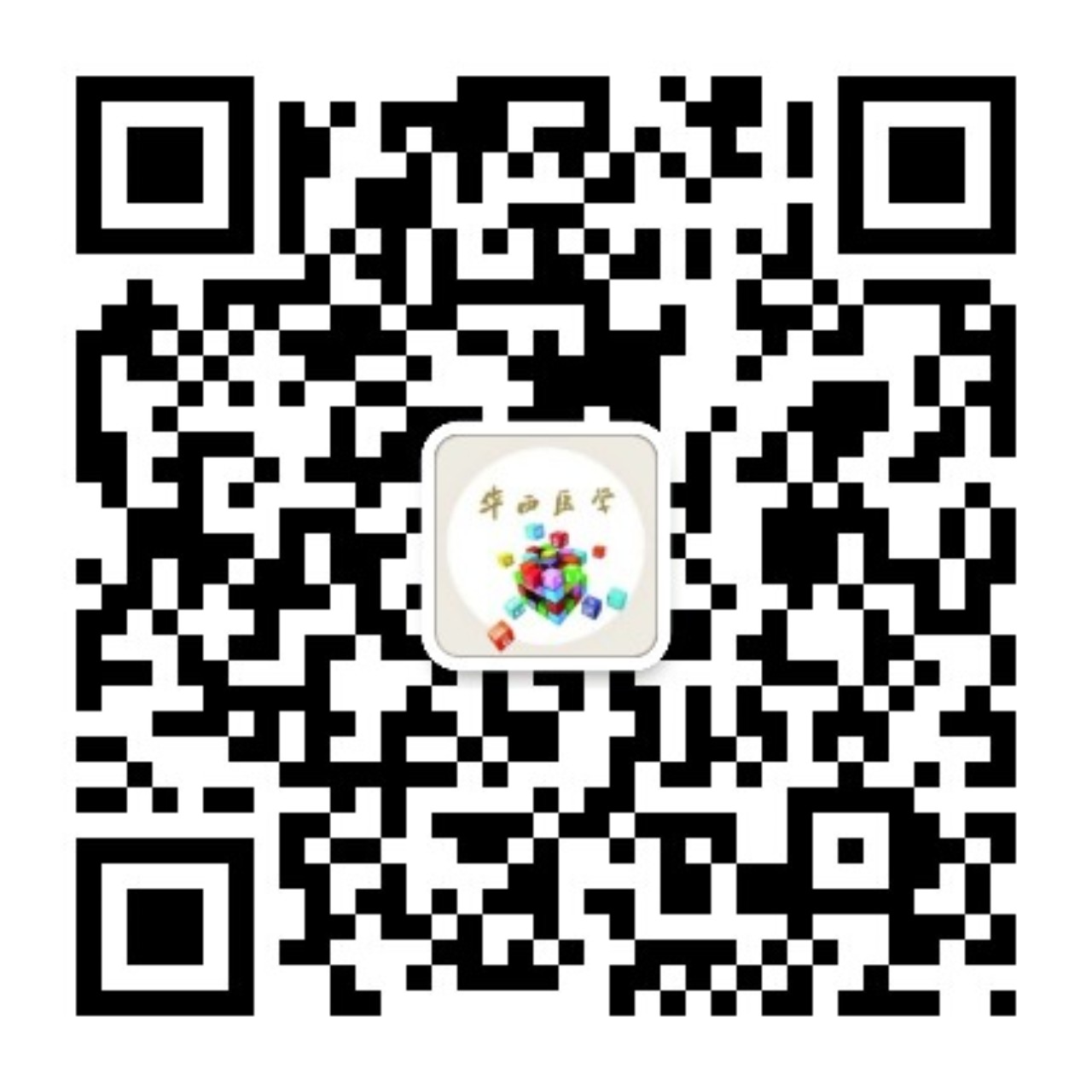| 1. |
Choukem SP, Gautier JF. How to measure hepatic insulin resistance?. Diabetes Metab, 2008, 34(6 Pt 2): 664-673.
|
| 2. |
B?ckhed F, Ding H, Wang T, et al. The gut microbiota as an environmental factor that regulates fat storage. Proc Natl Acad Sci USA, 2004, 101(44): 15718-15723.
|
| 3. |
Milanski M, Degasperi G, Coope A, et al. Saturated fatty acids produce an inflammatory response predominantly through the activation of TLR4 signaling in hypothalamus: implications for the pathogenesis of obesity. J Neurosci, 2009, 29(2): 359-370.
|
| 4. |
Ding S, Lund PK. Role of intestinal inflammation as an early event in obesity and insulin resistance. Curr Opin Clin Nutr Metab Care, 2011, 14(4): 328-333.
|
| 5. |
Carvalho E, Jansson PA, Axelsen M, et al. Low cellular IRS 1 gene and protein expression predict insulin resistance and NIDDM. FASEB J, 1999, 13(15): 2173-2178.
|
| 6. |
Gual P, Le Marchand-Brustel Y, Tanti JF. Positive and negative regulation of insulin signaling through IRS-1 phosphorylation. Biochimie, 2005, 87(1): 99-109.
|
| 7. |
彭定瓊, 高妍, 陳宇, 等. OLETF 大鼠肝臟、肌肉、脂肪組織中胰島素受體底物的蛋白表達. 中華內分泌代謝雜志, 2001, 17(5): 288-289.
|
| 8. |
Aspinwall CA, Qian WJ, Roper MG, et al. Roles of insulin receptor substrate-1, phosphatidylinositol 3-kinase, and release of intracellular Ca2+ stores in insulin-stimulated insulin secretion in beta -cells. J Biol Chem, 2000, 275(29): 22331-22338.
|
| 9. |
Withers DJ, Gutierrez JS, Towery H, et al. Disruption of IRS-2 causes type 2 diabetes in mice. Nature, 1998, 391(6670): 900-904.
|
| 10. |
Hennige AM, Burks DJ, Ozcan U, et al. Upregulation of insulin receptor substrate-2 in pancreatic beta cells prevents diabetes. J Clin Invest, 2003, 112(10): 1521-1532.
|
| 11. |
Peri F, Piazza M, Calabrese V, et al. Exploring the LPS/TLR4 signal pathway with small molecules. Biochem Soc Trans, 2010, 38(5): 1390-1395.
|
| 12. |
Cani PD, Amar J, Iglesias MA, et al. Metabolic endotoxemia initiates obesity and insulin resistance. Diabetes, 2007, 56(7): 1761-1772.
|
| 13. |
Cani PD, Delzenne NM. The gut microbiome as therapeutic target. Pharmacol Ther, 2011, 130(2): 202-212.
|
| 14. |
Song MJ, Kim KH, Yoon JM, et al. Activation of toll-like receptor 4 is associated with insulin resistance in adipocytes. Biochem Biophys Res Commun, 2006, 346(3): 739-745.
|
| 15. |
Pan ZK. Toll-like receptors and TLR-mediated signaling: more questions than answers. Am J Physiol Lung Cell Mol Physiol, 2004, 286(5): L918-L920.
|
| 16. |
Fujishiro M, Gotoh Y, Katagiri H, et al. Three mitogen-activated protein kinases inhibit insulin signaling by different mechanisms in 3T3-L1 adipocytes. Mol Endocrinol, 2003, 17(3): 487-497.
|
| 17. |
Underhill DM, Ozinsky A. Toll-like receptors: key mediators of microbe detection. Curr Opin Immunol, 2002, 14(1): 103-110.
|
| 18. |
Shishodia S, Koul D, Aggarwal BB. Cyclooxygenase (COX)-2 inhibitor celecoxib abrogates TNF-induced NF-kappa B activation through inhibition of activation of I kappa B alpha kinase and Akt in human non-small cell lung carcinoma: correlation with suppression of COX-2 synthesis. J Immunol, 2004, 173(3): 2011-2022.
|
| 19. |
Cani PD, Bibiloni R, Knauf C, et al. Changes in gut microbiota control metabolic endotoxemia-induced inflammation in high-fat diet-induced obesity and diabetes in mice. Diabetes, 2008, 57(6): 1470-1481.
|
| 20. |
Ma LJ, Mao SL, Taylor KL, et al. Prevention of obesity and insulin resistance in mice lacking plasminogen activator inhibitor 1. Diabetes, 2004, 53(2): 336-346.
|
| 21. |
Shoelson SE, Lee J, Yuan M. Inflammation and the IKK beta/I kappa B/NF-kappa B axis in obesity- and diet-induced insulin resistance. Int J Obes Relat Metab Disord, 2003, 27(Suppl 3): S49-S52.
|
| 22. |
候麗瓊, 趙鐵耘, 張伊祎. 黃連素對肥胖胰島素抵抗大鼠骨骼肌胰島素抵抗的干預研究. 四川大學學報: 醫學版, 2015, 46(6): 827-831.
|
| 23. |
Carvalho-Filho MA, Ueno M, Carvalheira JB, et al. Targeted disruption of iNOS prevents LPS-induced S-nitrosation of IRbeta/IRS-1 and Akt and insulin resistance in muscle of mice. Am J Physiol Endocrinol Metab, 2006, 291(3): E476-E482.
|
| 24. |
Agwunobi AO, Reid C, Maycock P, et al. Insulin resistance and substrate utilization in human endotoxemia. J Clin Endocrinol Metab, 2000, 85(10): 3770-3778.
|
| 25. |
Dandona P, Ghanim H, Bandyopadhyay A, et al. Insulin suppresses endotoxin-induced oxidative, nitrosative, and inflammatory stress in humans. Diabetes Care, 2010, 33(11): 2416-2423.
|
| 26. |
Chang YH, Chang DM, Lin KC, et al. Visfatin in overweight/obesity, type 2 diabetes mellitus, insulin resistance, metabolic syndrome and cardiovascular diseases: a meta-analysis and systemic review. Diabetes Metab Res Rev, 2011, 27(6): 515-527.
|
| 27. |
Mehta NN, Mcgillicuddy FC, Anderson PD, et al. Experimental endotoxemia induces adipose inflammation and insulin resistance in humans. Diabetes, 2010, 59(1): 172-181.
|
| 28. |
Pussinen PJ, Havulinna AS, Lehto M, et al. Endotoxemia is associated with an increased risk of incident diabetes. Diabetes Care, 2011, 34(2): 392-397.
|
| 29. |
劉云慧, 趙鐵耘, 侯麗瓊. 不同糖代謝及不同體質量指數人群空腹血漿內毒素水平的變化及其相關因素研究. 四川大學學報: 醫學版, 2013, 44(5): 769-773, 778.
|




